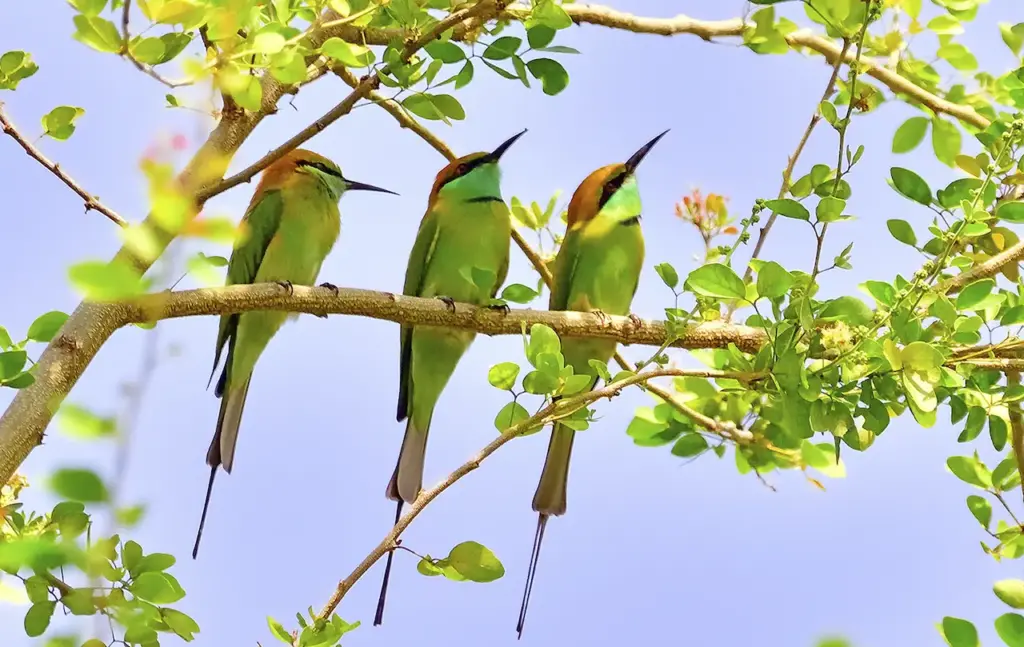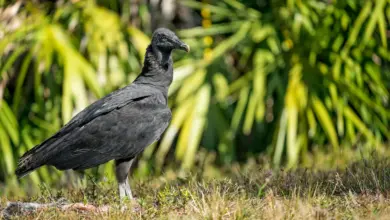Bee Eaters (Merops apiaster)
Bee Eater (Merops apiaster) Information
The bee-eaters are a very colorful group of birds consisting of about 26 different species (note: some authorities list 24 and others 26 sub-species).
Many consider them to be amongst the most beautiful birds.
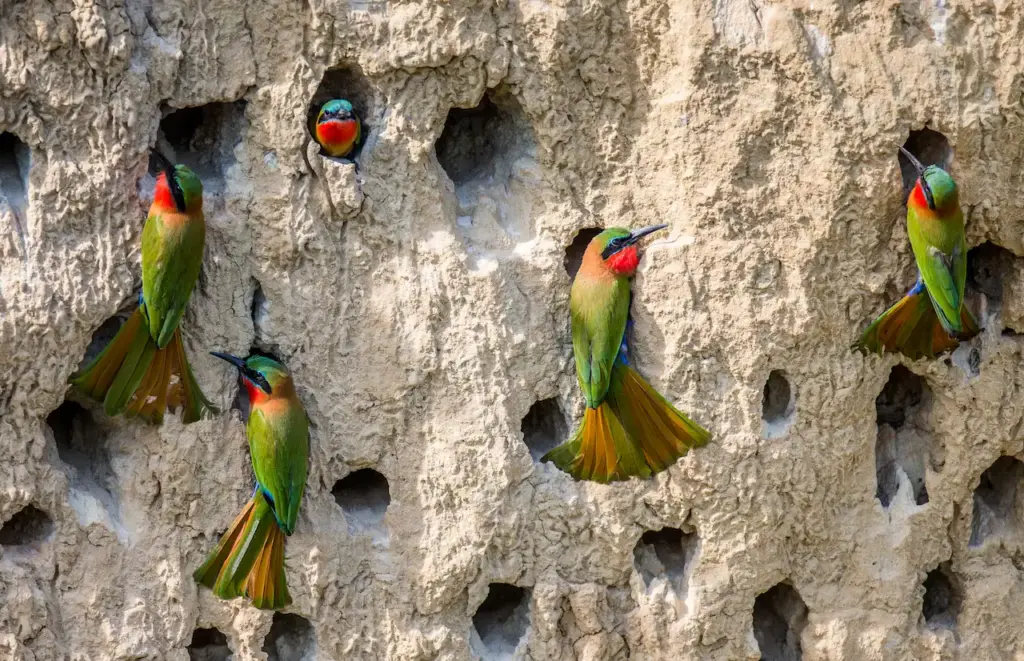
Bee Eater Habitat
They are mostly found in Africa, although some species occur in southern Europe, Madagascar, Australia, India, and New Guinea (and other islands in the South Pacific).
Most bee-eater species are migratory and may travel thousands of miles to their favorite breeding or wintering sites. A few exceptions may travel short distances in response to the rainy and dry seasons, such as the African Little Bee-eater.
Description:
They are characterized by their strikingly colorful plumage.
They have slender bodies and usually elongated central tail feathers.
They have curved and long beaks that end in a sharp point. Their sharp claws enable them to perch on vertical surfaces and are also helpful when excavating nesting tunnels.
Sexes generally look alike, although in some species the males have red irises while the females are brown-red. In other species, the tail-streamers of the male are slightly longer than the females’.
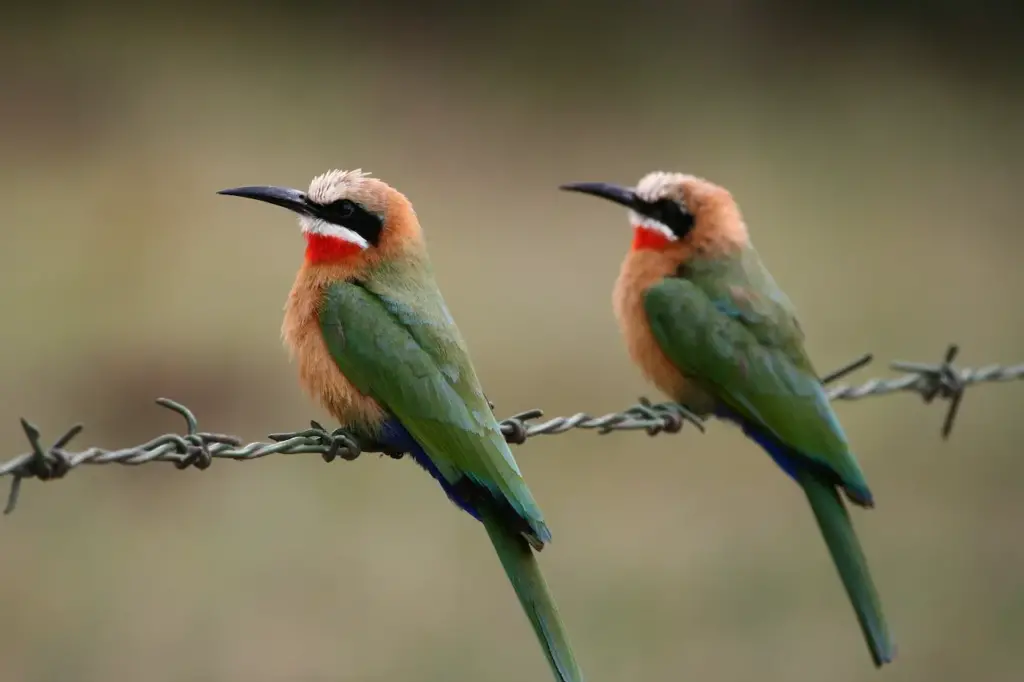
Diet / Feeding:
As is suggested by its name, Bee Eater predominantly eats flying insects – particularly bees (honey bees and bumble bees), wasps, and hornets, but also dragonflies and other larger insects.
They seize them after short dashes and take the insects back to the perch to eat.
Before eating stinging insects, the European Bee-eater removes the sting by repeatedly hitting the insect on a hard surface to kill it, then wiping the insect’s abdomen on the perch to discharge the sting.
In Africa, their diet consists of stingless bees and many other insects available in their feeding range.
Bee-eaters feed on about 250 bees a day, which makes them very unpopular with beekeepers.
Some bee-eater species also eat vegetable matter.
Breeding:
Bee-eaters are colony nesters that typically breed in open country in warmer climates. They are generally monogamous (only one mate); although polygamy has also been observed in some instances.
Breeding pairs nest in long, vertical nesting burrows that they excavated in earth or sandbanks, such as river banks or sand quarries. The tunnels are usually at least 3 feet (~ 1 meter) deep and terminate in a nest chamber. These nest burrows may be reused in consecutive years, but most pairs will excavate a new burrow each year.
A clutch consists of (depending on the species) 2 – 9 spherical white eggs, which are laid at 2-day intervals and are incubated for 19 – 21 days.
Both parents share the incubation tasks and raising of the chicks.
The young leave the nest when they are 21 – 32 days old. The parents will continue to feed them for a while after fledging as the young have to learn to catch insects on the wing (in flight) and to handle stinging insects.
Subfamilies and Species
Bearded bee-eaters – Nyctyornithinae
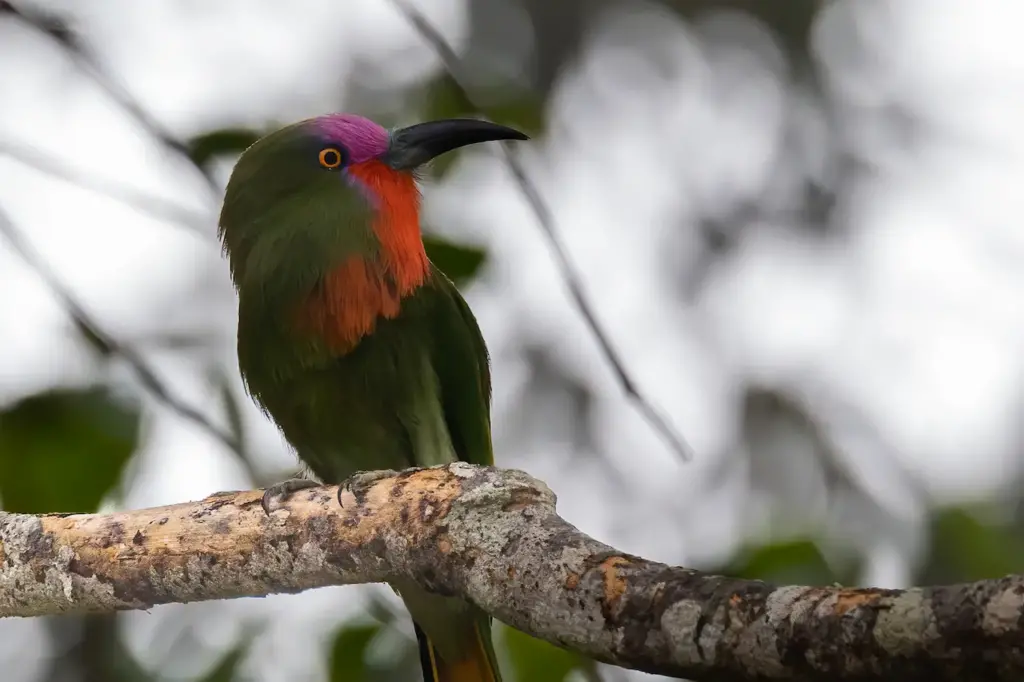
- Red-bearded Bee-eater, Nyctyornis amicus
- Blue-bearded Bee-eater, Nyctyornis Atherton
Typical Bee-eaters – Meropinae
- Purple-bearded Bee-eater, Meropogon foster
- Little Bee-eater, Merops pusillus
- Blue-cheeked Bee-eater, Merops persicus
- Little Green Bee-eater, Merops orientalis
- White-throated Bee-eater, Merops albicollis
- Swallow-tailed Bee-eater, Merops hirundinaeus
- Blue-tailed Bee-eater, Merops Philippines
- Black Bee-eater, Merops gularis
- Blue-headed Bee-eater, Merops muelleri
- Red-throated Bee-eater, Merops block
- White-fronted Bee-eater, Merops bullockoides
- Blue-breasted Bee-eater, Merops variegatus
- Cinnamon-chested Bee-eater, Merops oreobates
- Black-headed Bee-eater, Merops Breweri
- Somali Bee-eater, Merops revoilii
- Boehm’s Bee-eater, Merops boehmi
- Blue-throated Bee-eater, Merops viridis
- Madagascar Bee-eater, Merops superciliosus
- Rainbow Bee-eater, Merops ornatus
- European Bee-eater, Merops apiaster
- Chestnut-headed Bee-eater, Merops leschenaulti
- Rosy Bee-eater, Merops malimbicus
- Northern Carmine Bee-eater, Merops nubicus
- Southern Carmine Bee-eater, Merops nubicoides
Three Green Bee Eaters Sitting On A Branch
Bee Eater Bird Images
Below are the images of the different Bee-eater species. The colorful beauties occur naturally in Africa (for the most part), but some species are also found in southern Europe, Madagascar, Australia, India, and New Guinea (and other islands in the South Pacific).
Please click on any of the below images to go to the respective species page.
Beauty Of Birds strives to maintain accurate and up-to-date information; however, mistakes do happen. If you would like to correct or update any of the information, please contact us. THANK YOU!!!

